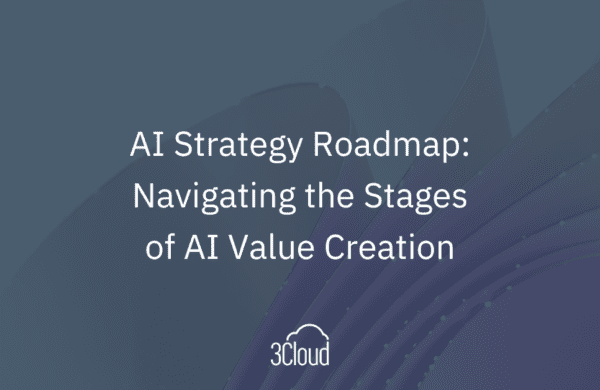Do you have trouble proving the return on investment (ROI) on your analytics and data initiatives? I get this question from new clients frequently as they face a seemingly uphill battle of digging through bad data to create reports that prove they need help with data management and analytics. Establishing a clear ROI number seems overwhelming, but it doesn’t have to be such a climb. Calculating the ROI on data and analytics projects should not start in a database but instead in a conversation. The best ROI comes from the business and IT working together to determine the quantitative and qualitative benefits of the initiative.
- How will this project improve internal processes?
- How will this project help to provide the business with information faster?
- How will this project improve our market share?
If you are facing the climb of proving ROI on a data or analytics initiative for your business, consider tackling these four steps before digging through your databases for answers:
1) Define your Business Problems
Define your business problems, objectives, and identify the goals you want to achieve through your Data Analytics Initiative. Are you trying to improve customer acquisition and conversions through customer profiling and segmentation, reduce customer churn, increase customer loyalty, or increase sales? Clearly defining your goals is the first step to defining the ROI for your initiative.
2) Define the Project Charter and Costs
Define and estimate your projects cost as accurately as possible, using a bottom-up approach that quantifies the key drivers. Break your large project into smaller chunks and estimate each chunk as accurately as possible. Calculate the total cost of ownership (TCO), including hardware, software, maintenance, services, labor, and training.
3) Identify the Benefits
Identify and quantify the benefits of the solution by working with the business community. Are you reducing expenses, eliminate inefficiencies by providing a “single version of the truth”, reducing losses due to fraud detection? Try to quantify your benefits to the best of your ability and be conservative with your approach.
4) Calculate the Return on Investment and Payback Period
Calculate the ROI using your organizations tool. A typical ROI calculation divides the annual benefits by the total annual costs to determine the annual return on investment percentage. Include your payback period and decide when your benefit savings will surpass the costs of your project. Don’t forget to discount to allow for inflation!
In conclusion, establishing a clear ROI number doesn’t need to be overwhelming, and it is important to quantify our projects now more than ever if we want strong sponsorship. Even during this crisis, data and analytics can make a huge difference in your bottom line, finding new revenue, improving your supply chain, and reducing costs.





